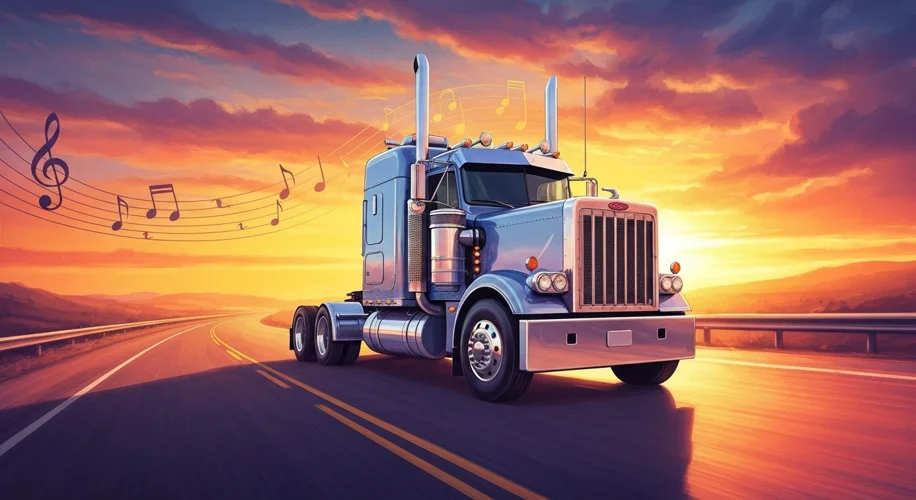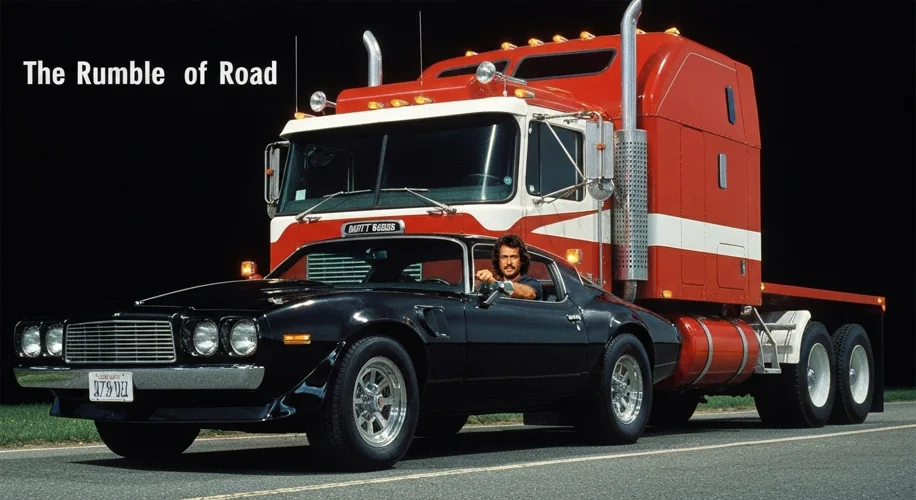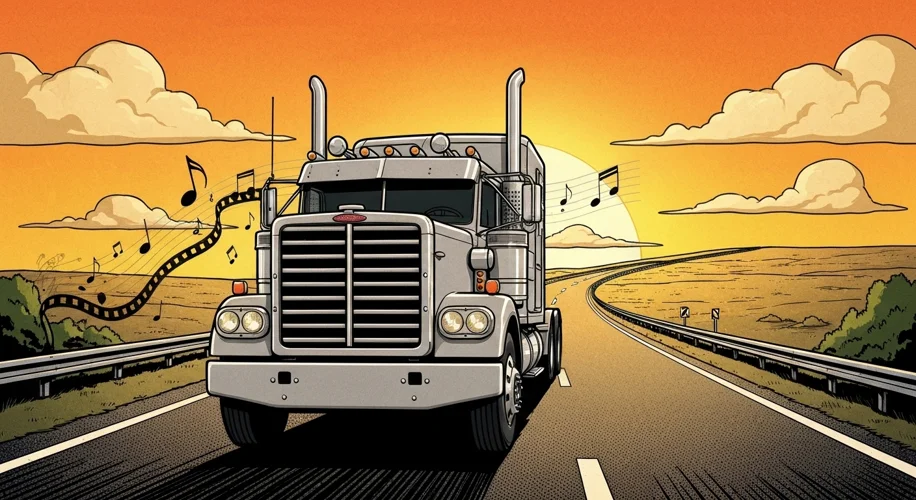The 1970s. Bell-bottoms, disco, and a nation grappling with economic uncertainty. Yet, amidst the cultural shifts, a new icon roared onto the American landscape: the eighteen-wheeler. It wasn’t just a mode of transport; it was a symbol, a soundtrack, and a screen presence that captured the imagination of millions. This was the era of the trucking craze, a phenomenon fueled by a potent mix of economic necessity, media influence, and a yearning for freedom on the open road.

The seeds of this fascination were sown in the fertile ground of post-war America. As the nation’s highways expanded, so did the reach of commerce. Trucks, once relegated to local deliveries, became the lifeblood of a burgeoning interstate economy, hauling everything from consumer goods to raw materials. The trucking industry was booming, creating a new class of independent, often rugged, figures who navigated the nation’s arteries.
Economically, the 1970s brought challenges. The oil crisis of 1973 sent shockwaves through the country, leading to gas shortages and increased transportation costs. This economic instability, however, paradoxically amplified the allure of the long-haul trucker. They represented resilience, self-reliance, and the ability to keep the country moving despite adversity. The image of the solitary driver, master of their own destiny against the backdrop of endless highways, resonated deeply.
But it was the cultural sphere that truly cemented trucking’s place in the 1970s zeitgeist. Music, in particular, became the engine for this burgeoning love affair. Country music, with its narratives of working-class life and wanderlust, was a natural fit. Songs like Dave Dudley’s “Six Days on the Road” (released in the late 60s but a massive hit in the 70s) painted vivid pictures of the trucker’s life – the miles, the loneliness, the occasional defiance of regulations, and the ultimate pride in their work. Red Sovine’s “Teddy Bear” and “Giddy Up Go” told poignant stories of truckers connecting with children, adding a layer of emotional depth to the rugged image.
This musical wave carried over into cinema. The 1971 film “Duel,” directed by Steven Spielberg, became a cult classic. It pitted a mild-mannered salesman against a menacing tanker truck, showcasing the raw power and potential terror of these machines. While a thriller, it highlighted the truck’s imposing presence. Later, “Smokey and the Bandit” (1977) and its sequel “Smokey and the Bandit II” (1980) launched Burt Reynolds into superstardom, turning trucking into a glamorous, albeit illegal, adventure. The charismatic Bandit, with his Trans Am and his trusty Freightliner, became an anti-hero for the times, embodying freedom and a playful rebellion against authority.

The public perception of truckers shifted from mere laborers to romanticized figures. They were the cowboys of the asphalt, the modern-day knights of the road. Television also played a role, with shows like “Movin’ On” (1974-1976) offering a more grounded, yet still adventurous, portrayal of trucking life, focusing on the partnership between two truckers and their challenges.
The consequences of this craze were multifaceted. Economically, it bolstered the image and importance of the trucking industry, contributing to its growth and visibility. Culturally, it cemented trucking as a recognizable and often celebrated aspect of American identity. The imagery of the truck, the open road, and the trucker became embedded in the national psyche, symbolizing a certain kind of American spirit – one that valued independence, grit, and the continuous movement towards a horizon that was always just ahead.
Looking back, the 1970s trucking craze was more than just a fleeting trend. It was a cultural mirror reflecting the anxieties and aspirations of a nation. In an era marked by change and uncertainty, the steadfast, powerful presence of the eighteen-wheeler, and the men who drove them, offered a sense of stability, adventure, and a powerful connection to the vast American landscape. The rumble of their engines was, for a time, the soundtrack of a nation finding its way.

